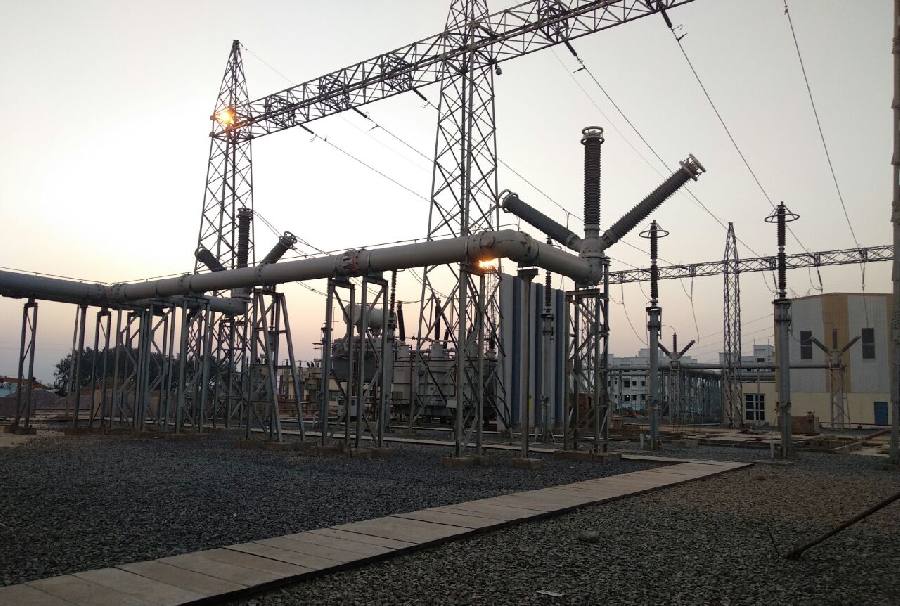The country’s endeavour at building new transmission lines saw a marked upswing in September 2020. However, the performance of transformation capacity (substations) was in contrast.
In September 2020, India saw the addition of as much as 4,203 ckm of new transmission lines, making it the highest monthly achievement in recent history. Thanks to this stupendous performance, the first half (April to September) of FY21 closed with the commissioning of 7,714 ckm of transmission lines. This was nearly 3 per cent higher than the targeted 7,493 ckm.
The extraordinary performance in September 2020 was heavily influenced by one important development—the part-commissioning of the 800kV Raigarh-Pugalur UHVDC line. This achievement alone added as much as 3,531 ckm to the total kitty of new transmission lines.
As this UHVDC line was a Central government project (owned by Power Grid Corporation of India), it positively influenced the performance of Central government agencies. This ownership group could add 4,828 ckm of new transmission lines in H1 of FY21, which exceeded the planned 4,220 ckm by 14.4 per cent.

State government entities also did very well in terms of addition of new transmission lines. As against the targeted 1,670 ckm, actual addition in the first half of FY21 stood at 2,650 ckm, implying a target achievement of nearly 160 per cent.
Private sector entities could not add any new transmission line capacity in September 2020. Their cumulative achievement in the first half of FY21 stood at just 236 ckm as against the planned 1,603 ckm.
Central government entities (mainly driven by PGCIL) are quite comfortable with respect to their annual targets as well. Of the 5,889 ckm targeted for addition in the whole of FY21, actual addition in the first half alone has been 4,828 ckm. This means that 82 per cent of the annual target has been attained in just half the period.
Transformation Capacity
The performance with respect to transformation capacity (substations) was quite contrasting. Here, it was the private sector that outperformed the other ownership groups. Private entities could add 2000 MVA of transformation capacity, exceeding the targeted 1260 MVA by 59 per cent. (Incidentally 1,000 MVA each were commissioned by Sterlite Grid and Kalpataru Power Transmission.)
Central government entities could achieve only 46 per cent of their target for the first half of FY21. In the case of state government entities the target achievement was an even poorer 41.3 per cent (see table).
Overall, the country saw 18,750 MVA of new substation capacity added in the first half of FY21, which was less than half of what was planned.

